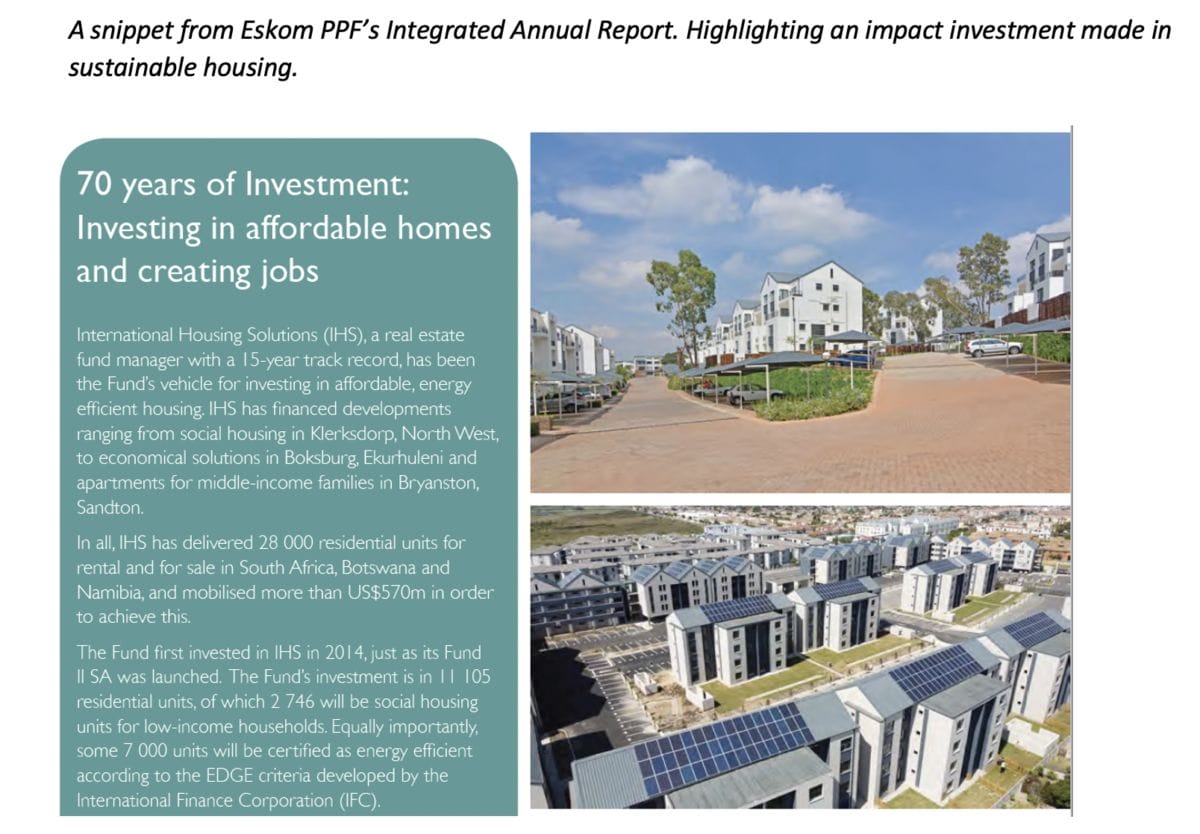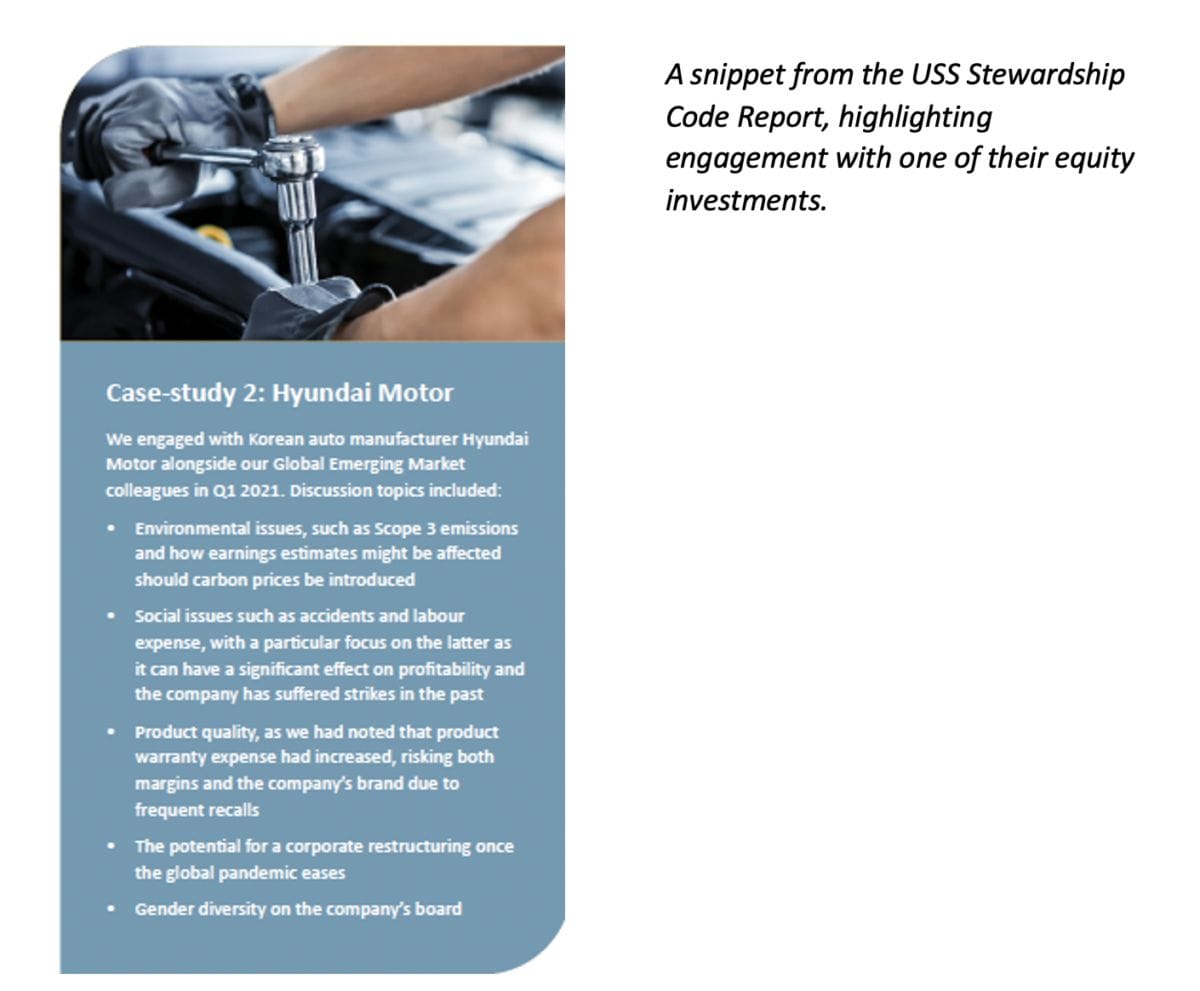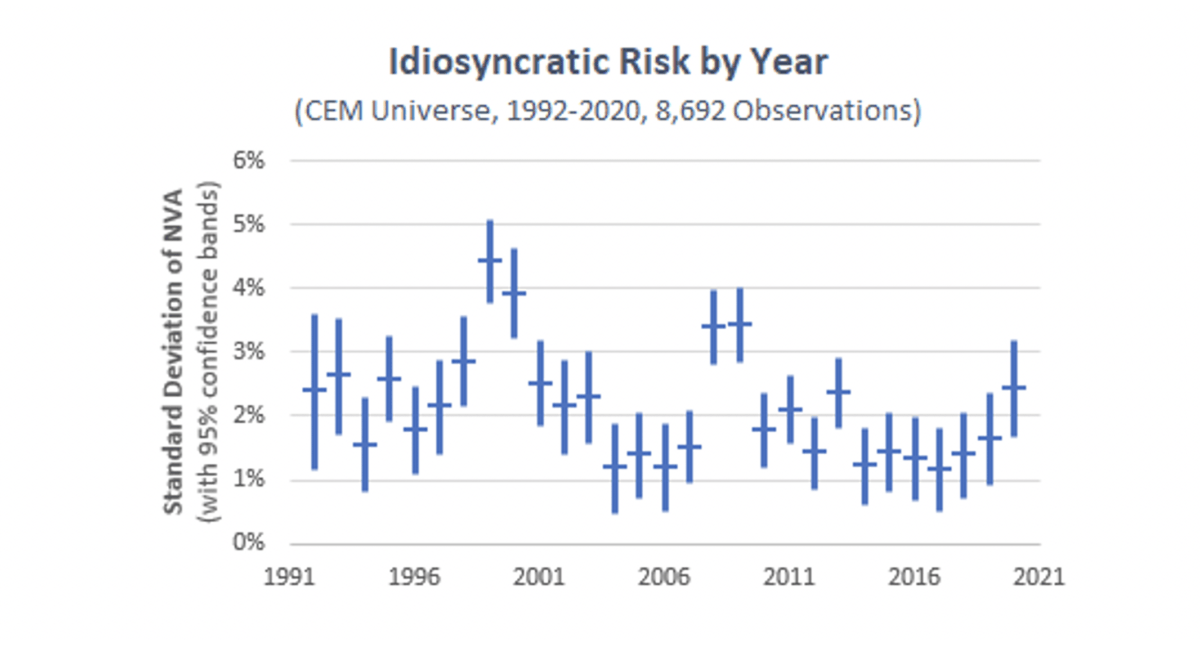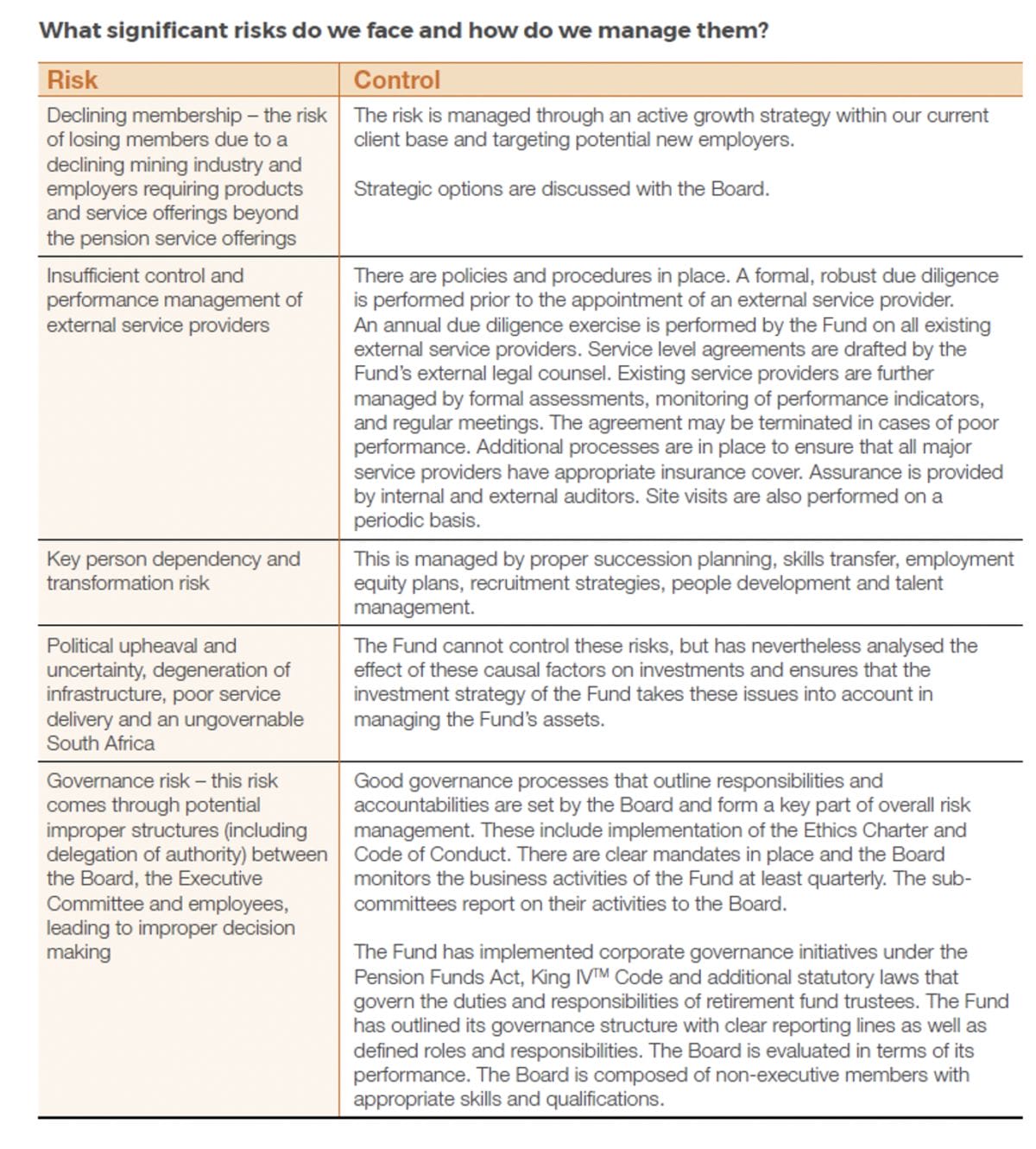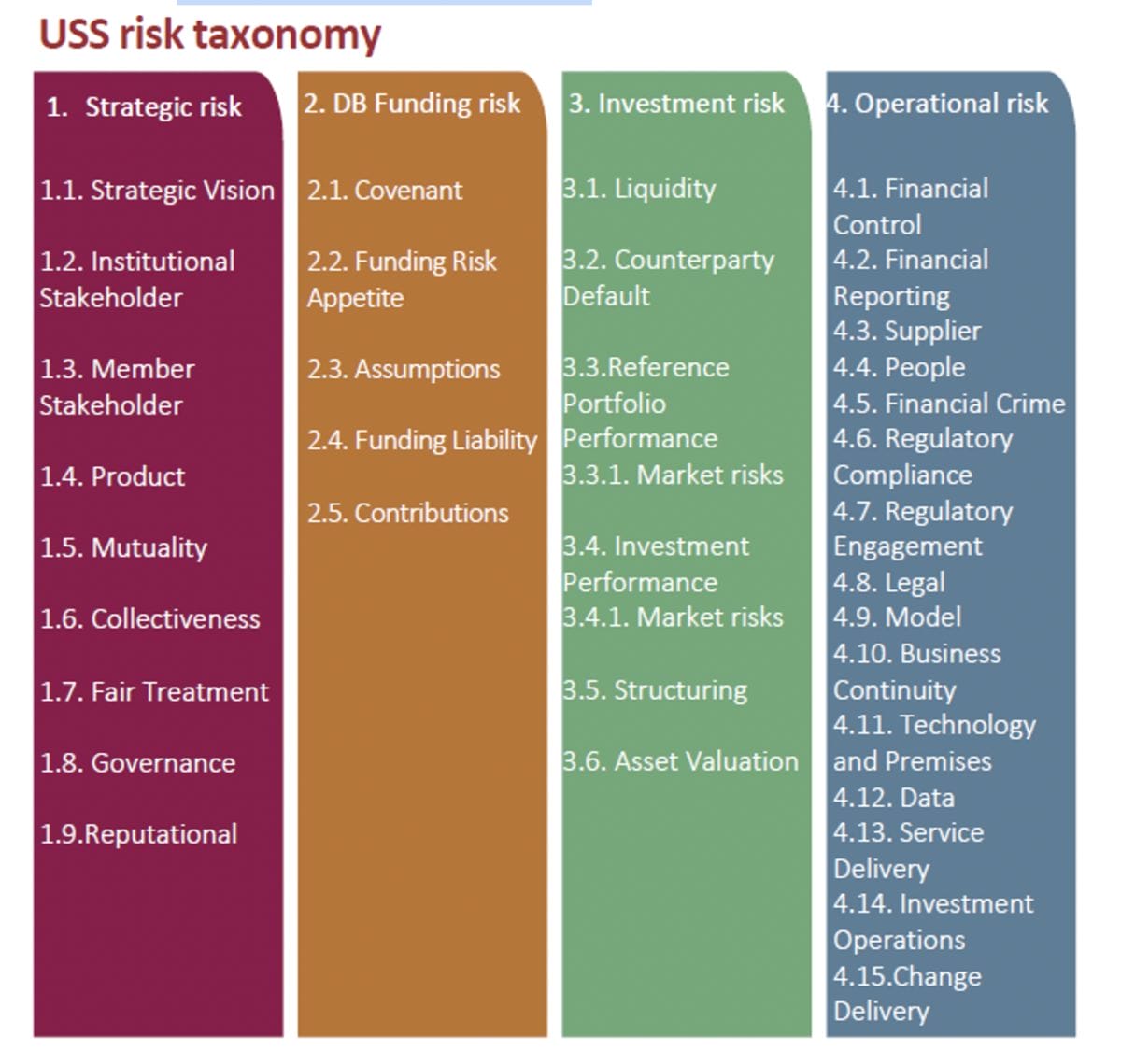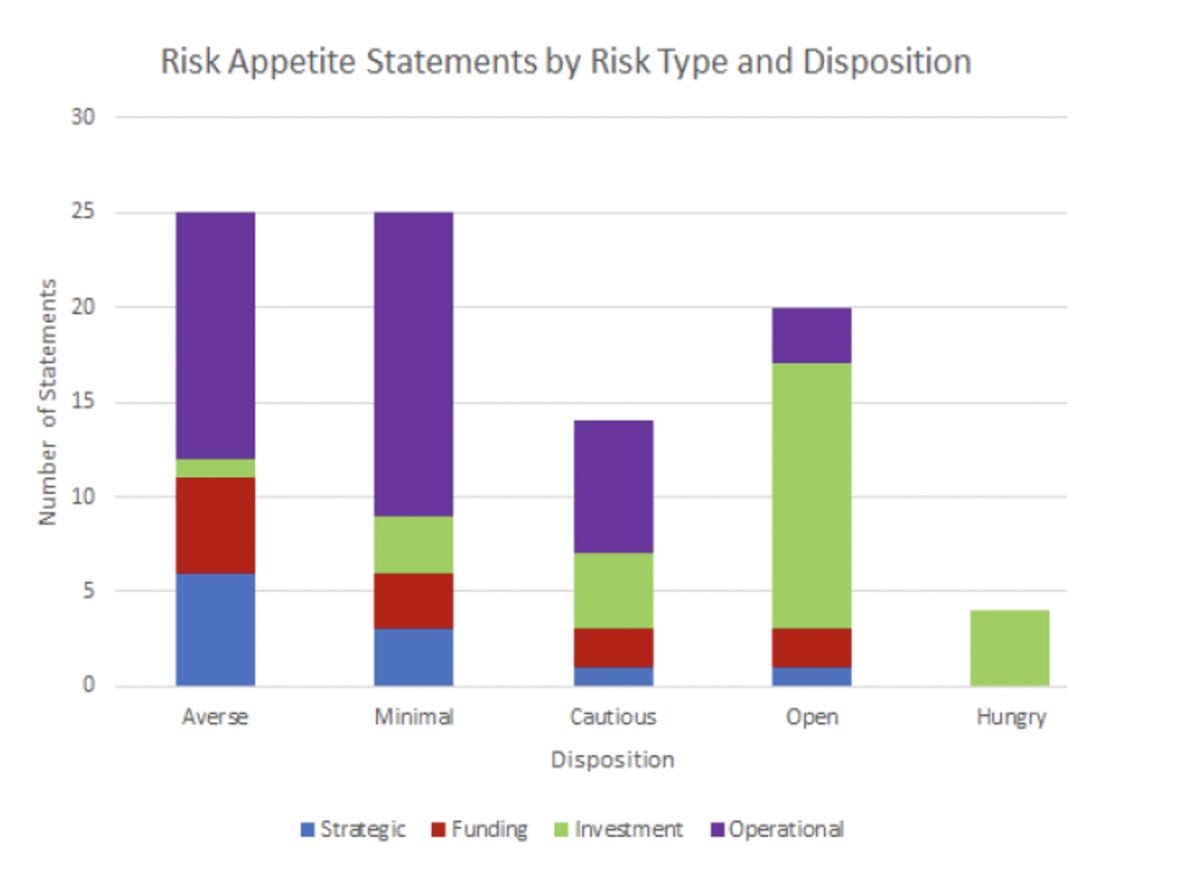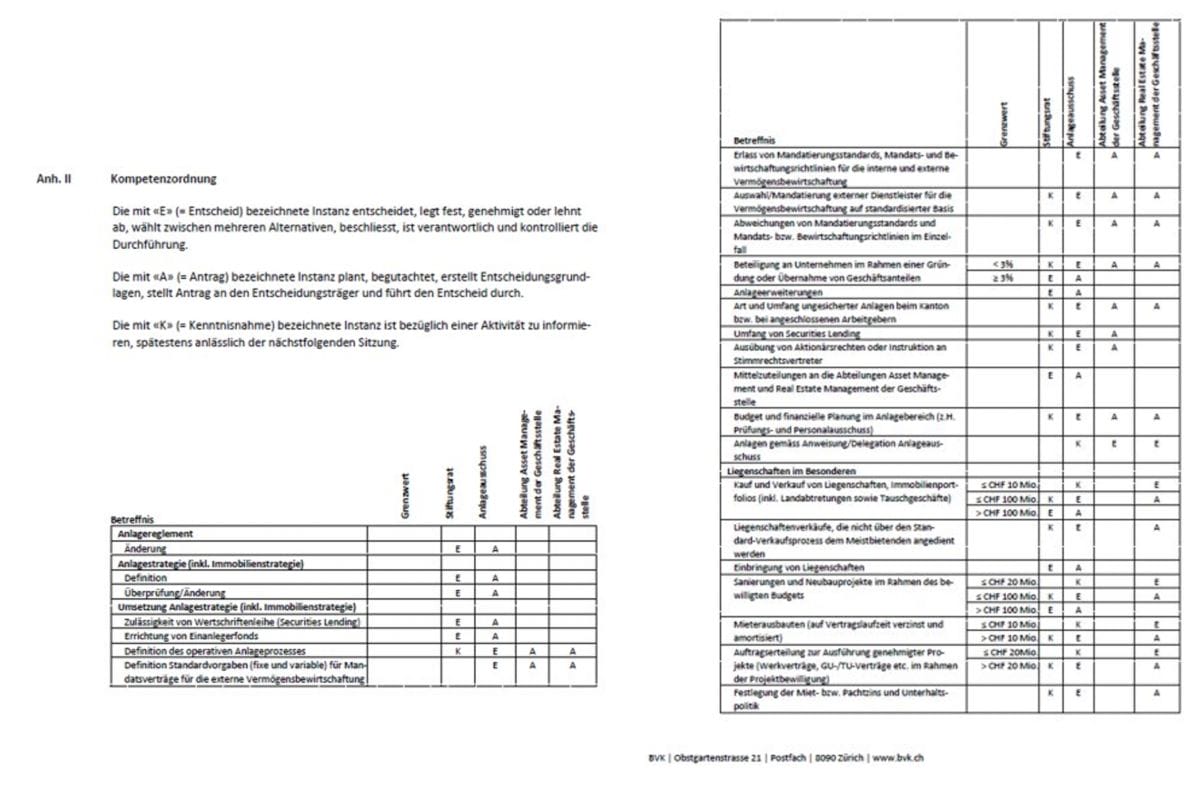Change has always been a feature of the investment industry, but the sustainable revolution underway marks a deep shift in how the industry works.
Victor Verberk, chief investment officer of fixed income and sustainability at Robeco told delegates in the opening session of Sustainability in Practice at Cambridge University that investors are increasingly focused on outcomes alongside risk and financial results, aligning their rate of return with a better society in a double materiality.
“Sustainability involves pushing boundaries and investing at the frontier, continuously learning and going into unchartered territories,” he said.
He counselled on the importance of investors being willing to learn and adapt how they serve their clients and other stakeholders. Developing a net zero road map requires building tools to measure climate impacts and exclusions.
“The winners are those who do this well,” he said.
He warned that the EU has “grossly underestimated” the cost of the transition, particularly the cost and requirement of data. To create sustainable outcomes, investors need to employ all the tools at their disposal and work together while regulation will also make the investment landscape more complex and change product demand.
investors need new Skills
Verberk stressed the importance of investors incorporating new skills into their teams. Investment teams need to include people who are comfortable working with unknowns; able to keep a close eye on evolving science and understand where data is leading.
“Business strategies need to become more flexible. It requires a deep change,” he said, adding that legal skills, and data and biodiversity expertise, are now essential team attributes. Skills could be a focus of consolidation in the industry where he said that building skilful teams and expertise is more important that accruing assets under management.
He noted how impact is no longer isolated in a corner office and that real world impacts are now integrated by investment team. Decarbonising portfolios requires every portfolio manager to understand the carbon footprint of all their holdings.
“Carbon awareness is intimately connected to the investment process,” he said.
He stressed the importance of investors engaging with all stakeholders, spanning the largest polluting companies but also governments, clients, and peers.
Elsewhere, Verberk warned that investors need to prepare for evolutions in the carbon market. Carbon markets are an essential component of a net zero future; Robeco provides guidance to clients on the use of carbon credits and will monitor the use of new carbon credits as an asset class in an evolving world.
He said that markets have already priced climate change and regulation coming down the line.
“Companies are getting priced already – the market will tell you which companies are doing this [integrating net zero].” He also warned of the emergence of winners and losers in an environment ripe for for stock pickers.
“This is exciting for seasoned investors.”
He said investors will have to increasingly integrate and align their investment activities with biodiversity. Robeco now partners with the WWF in a relationship that provides the asset manager with the opportunity to leverage scientific data and create an investment framework across all assets.
“In 12-18 months, we will have an investment framework and we will share this,” he concluded.

